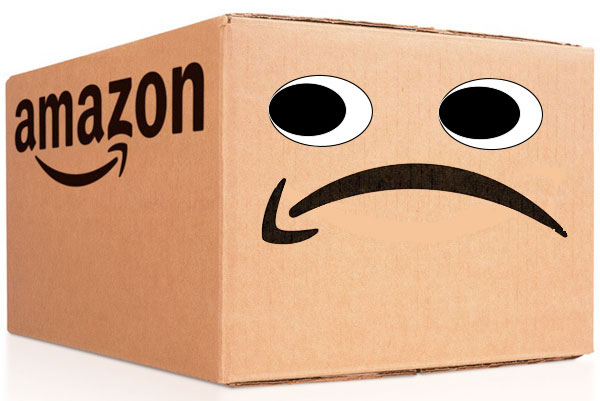
How many times have we been told that nothing is free? We believe that shipping is. The number of Amazon Prime members in the US is roughly between 140–150 million people, attracted to the promise of free shipping along with access to movies and music. On the surface it sounds good, but as with most things in capitalism there is always a cost involved. It all depends on how willing you are to pay the price. According to Matt Stoeller, a fellow at the Open Markets Institute and the author of Goliath: The Hundred Year War Between Monopoly Power and Democracy, there is a cost to “free shipping.” Amazon’s fourth quarter reporting shows that the company spent 75 billion on shipping from the first quarter of 2020 to the fourth quarter of 2021. The money you pay to be an Amazon Prime member does not cover the expense of the membership. The cost to consumers to participate in Amazon Prime is $120/year. JP Morgan found that the actual cost of the Prime bundle is $785/year. How can Amazon afford this lose? They make it up through fees charged to the third-party sellers for participating on the Amazon platform. What is the impact on prices for goods that you buy on Amazon and other sites?
The company has locked down 49.1% of the market share of the e-commerce business. Amazon has become the store front of the internet with 74% of buyers going to the platform when they are ready to buy. This gives them the clout to dictate terms to their third-party sellers who want to participate in the marketplace that they have created. Amazon owns both sides of the online retail process: connecting buyers to sellers and the process of connecting the sellers to the buyers. They have several business arms related to this retail side. Fulfillment by Amazon (FBA) is one of them. The seller agrees, for a fee, to use Amazon to inventory, fulfill and ship their products from one of their warehouses instead of doing their own fulfillment. Paying for this service helps the seller get favorable product placement on the site, like the “buy box.” This feature asks the buyer to click to add the seller’s product to their shopping cart. If the seller does not participate in FBA they lose access to this vital opportunity to make a sale.
Another seller fee-based business is Amazon’s advertising arm that is third in online business advertising, behind Google and Facebook. And there are other random miscellaneous fees Amazon can charge the seller that can add up to as much as 45% of the sale. Once the sellers are on board with Amazon, raising their prices to help cover the cost of selling on the platform, they cannot sell their product elsewhere at a reduced price. Walmart and Ebay have a less expensive cost of fulfillment, but there is a risk of losing business on the Amazon platform by offering lower prices elsewhere. Seller’s run the risk of losing favor with Amazon to whom they are paying hefty fees to sell on the platform. They would be competing against themselves. Fee Inflated prices on Amazon raise the product price across the e-commerce universe. It is not simply limited to Amazon. From 2014 to 2020 the amount in fees made from third-party sellers went from 11.7 billion to 80 billion, These fees account for 21% of the company’s revenue. Marketplace sales from third-party sellers’ products are 400% higher than sales from Amazon’s own products so third-party sellers are really helping to buoy the platform.
France has outlawed the “free shipping” practice in their country to protect their retail outlets. Attorney General of D.C., Karl Racine, is currently working to bring suit against Amazon for breaking antitrust laws with its monopolistic business practices concerning third-party sellers.
With Amazon Prime you are paying for free shipping through higher prices, and not just on their platform, but across the internet. I have a very small online business. I do not sell on the Amazon platform. I don’t have to factor their fees into my pricing. I also don’t get the traffic. There is a lot of talk about how important it is to support small business, but we also like the convenience that huge companies like Amazon provide. How do you strike a balance? Buying exclusively on Amazon is not supporting small business. It is not even supporting your bottom line. You potentially pay higher prices on their site and across the internet for the promise of getting something for nothing, free shipping. Brilliant branding, poor execution.